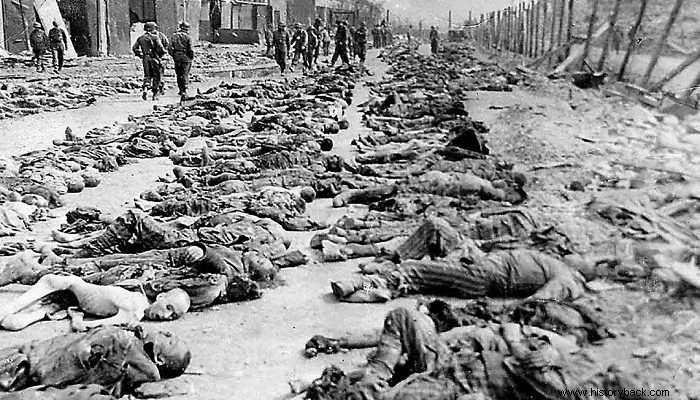
We are looking for the traces of Heinrich Schitz just outside the city of Munich in Feldaffing. A former SS doctor who lived here after his trial. He was sentenced to ten years in prison for complicity in the murder of 11 people. Only these could be proved. But his victims were much more – mostly prisoners, on whom he performed medical experiments.
A former neighbor of Sheets tends his grave. Did he know he was convicted? "Impossible!", he answered when we asked him. "He was a very good person, always kind..." What he learns from us "is shocking", a phrase he repeats several times.
The extermination of the clergy
September 1939. The then 23-year-old Kazimierz Madanski has almost completed his theological studies in Poland. German occupiers begin to systematically arrest Polish intellectuals, including clergy and priests. Madanski also ended up in the Sachsenhausen concentration camp, and later in Dachau. Since 1940, more than 2,700 priests and clergy from all over Europe have been imprisoned there. Of these, over 1700 are Poles and more than half will not survive.
Dachau, like other concentration camps, had a unit where medical experiments were carried out. In the spring of 1940 SS doctor Heinrich Schitz arrived in Dachau – two years later he had already become head of the department. Sheets was responsible for the experiments with putrefaction and inflammation. For the treatment, methods were used that even then were considered ineffective. The main group of prisoners, on whom the experiments were carried out at Dachau, were the priests, since, as they noted at the time, "they are relatively healthy" and therefore could expect a fairly clear picture of the result.
Just… guinea pigs
November 1942. Kazimierz Madanski and Heinrich Sietz meet for the first time in the camp's infirmary. Twenty priests were selected for a medical experiment. Many of them die within the next twenty-four hours. Kazimierz Madanski, although he survived, gradually began to grow weaker and weaker – he was almost certain to die. Sheets, as the head of the experiment, is the first to approach the patients:he asks the nurses questions and dictates the exact protocol. He knows of course that the prisoners will die, but he is not interested in saving their lives. To him, they are just guinea pigs.
An "angel" in Dachau
German political prisoners, especially social democrats and communists, work as nurses and support staff. Among them was the head nurse Heinrich Stehr, whom the prisoners called "Heini". Madanski will never forget the smile on Heiney's face when he woke him up after a painful surgery. The young priest was in danger of rotting. "I want to save you," Heini told him and secretly gave him the cure. Steer secretly treated other prisoners, saving them from death.
Madanski lived to see the liberation of the camp on April 29, 1945. This date marked his life forever. Thirty years later the communist authorities in Poland lay the foundation stone of the cleric-turned-bishop of Szczecin's life's work:the Theological Academy institute in Warsaw. The bishop did not have time to personally thank his savior. "Haini" died in 1958. However, his niece Irmgard Foster remembers that Madanski visited his grave. The tombstone reads:"Your life was a struggle, your work full of kindness, your love for people incomparable".
SOURCE:DW
